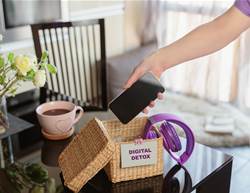Finally, tidying tips you can actually use.
A tidy house is good for you. That’s the conclusion of a handful of recent studies that linked physical clutter with high levels of stress and poor health.
One 2009 study found an unkempt home was a significant driver of daily stress. A 2017 study, this one, linked a messy house with lower physical activity, which can up your risk for cardiovascular disease. Yet more research has shown that people make healthier choices when their environment is neat, as opposed to disordered.
Of course, no one wants to live in a messy house. But for many of us, it’s hard to keep our spaces tidy when every drawer, closet and spare room is overflowing with stuff. The thought of sorting through and straightening up all those jam-packed spaces can be paralysing.
That’s true even if you’ve read a bunch of organising books and blogs—most of which repeat a lot of the same stale tips and platitudes.
We have the antidote. Here, professional organisers offer five of their most-insightful, least-obvious tips for tackling your messiest spaces.
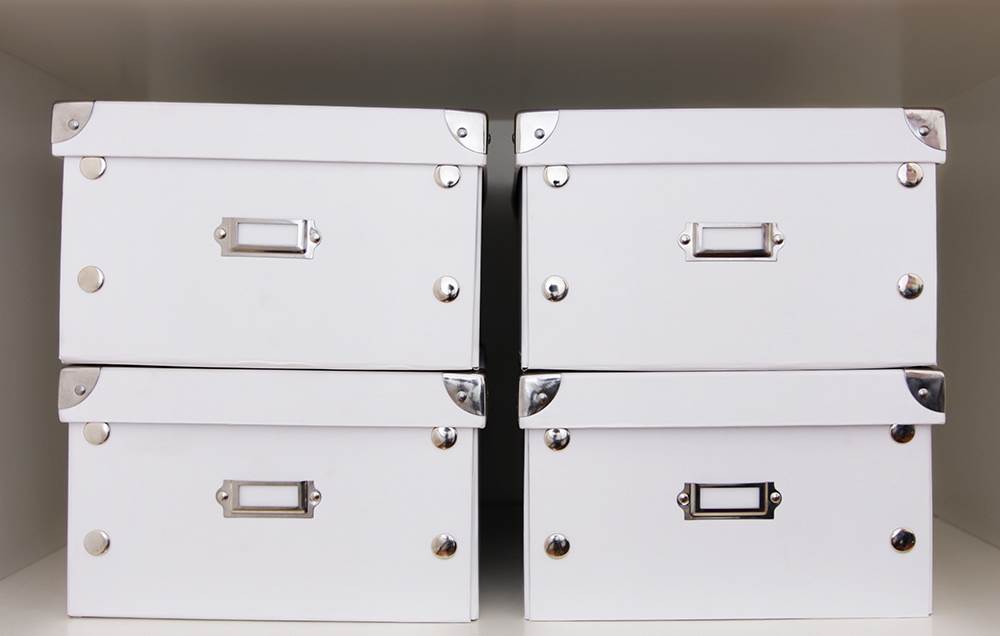

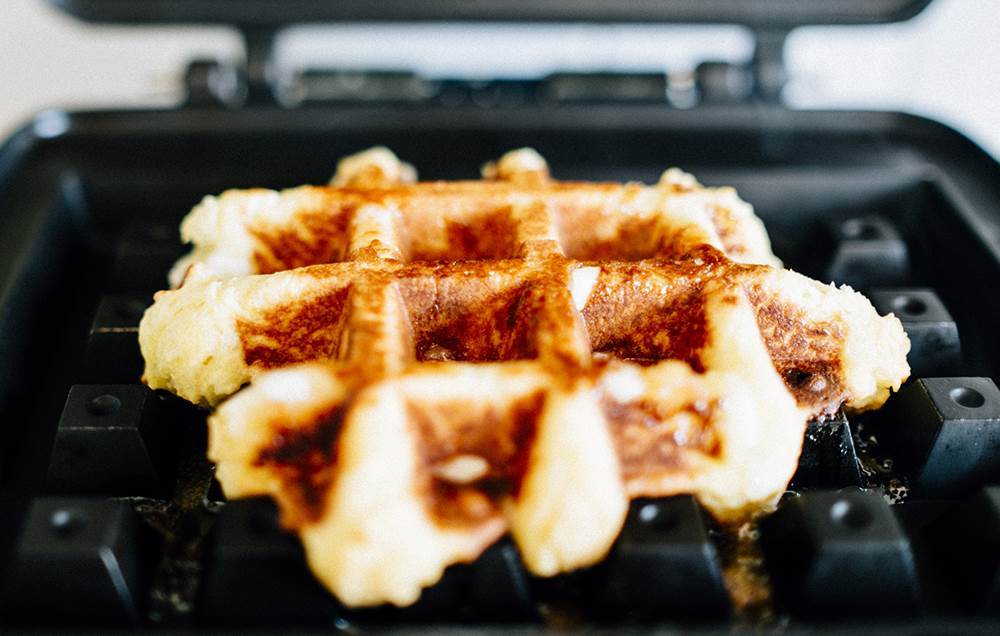
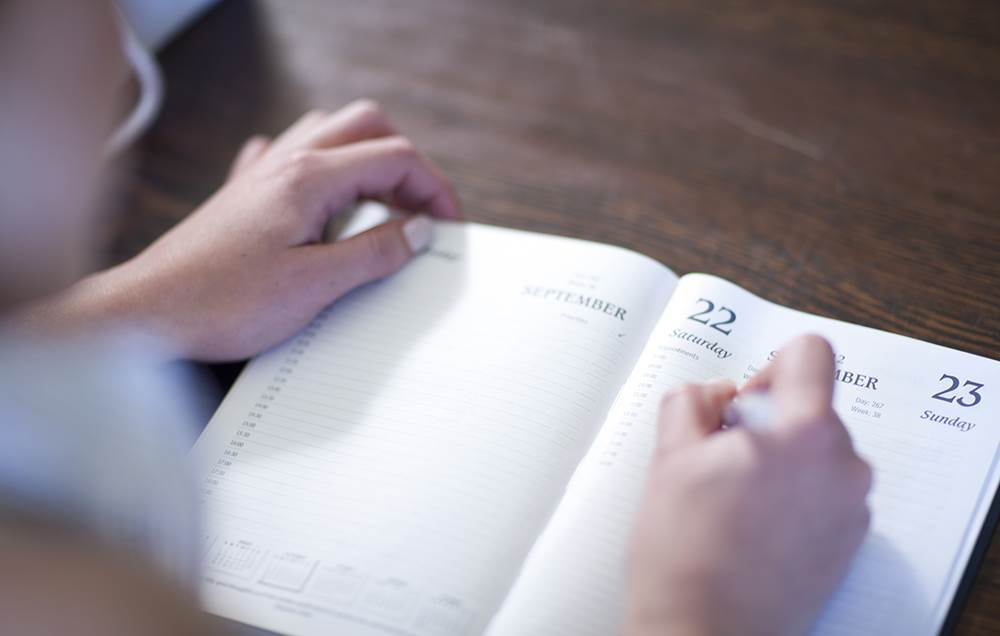
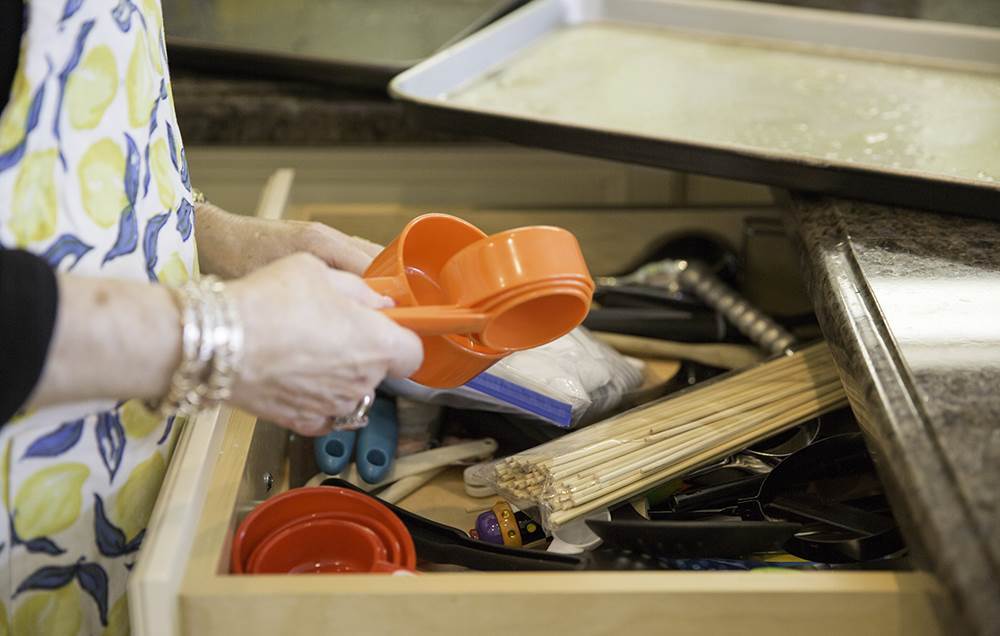
Do NOT buy a bunch of containers.
Everyone’s favourite first step to tidying is often a misstep, says professional organiser Cary Prince.
“People have a natural tendency to go out and buy containers before organising,” she says. But if you don’t have an “action plan” for how you want your space to turn out, those containers are unlikely to be helpful—and may just end up as more clutter, or as repositories for a lot of things you’d be better off without.
“Take some time and think about the end result you want to achieve,” she says. Once you’ve started working—and you’ve figured out what you want to keep and where you can store it—then go out and buy the containers you need.
“Shop your closet” first.
Most of us are quick to drive to the store or hop on online the moment we think we need something. “But before you buy, go through your home to organise and see what you have,” says professional organiser and life strategist Janet M. Taylor. “A lot of us mistakenly buy things we already own.”
She offers the example of a woman who decides she needs a white shirt for work, and so spends an hour or two shopping for one—only to recall later that she already has what she needs. “I say always shop your closet first,” Taylor says.
Especially when it comes to seasonal items—a specific cookie cutter for holiday treats, or a scarf only worn in winter—it’s easy to forget something you bought a year or two ago and only used a handful of times.
If you spent 45 minutes organising your cooking-utensil bins—instead of reading cookie-cutter reviews and descriptions online—you might find what you need and save yourself some money.
Even if it turns out you don’t have what you need, that time spent organising is never wasted, Taylor adds.
Try this simple mental shift.
It’s hard to part with something that you know works perfectly well. “But the fact that an object still has use doesn’t mean it has use for you,” says professional organiser Gayle Goddard.
Goddard mentions an older sweater that can keep you warm, but that you never wear. Or a pot you used to cook with all the time, but you never use because you have something newer.
It can be hard for many of us to part with things that work just as well as the day we bought them. But whether or not an item works is the wrong way to approach the decision to keep or donate it.
“Accept the fact that the object is still good, but it’s just not good for you,” Goddard says. “Before its usefulness runs out, pass it along and let it benefit someone else.”
She calls this a simple “mental shift” that can help you come to terms with giving away good items. “If you haven’t used it in five years, it’s time for it to go,” she adds. That might mean it's time to part with your dusty waffle maker.
Organize on a schedule.
Stop us if this sounds familiar: You ignore the clutter until it becomes absolutely un-ignorable, and then you drop what you’re doing to tidy it. Usually this happens unplanned and on a weeknight, and so you end up rushing the job and keeping half the stuff you’d hoped to get rid of because it’s late and you’re exhausted.
A better plan? “Set a time and date on your calendar to organize,” says professional organiser Ellen Delap. “The appointment, just like a dentist or doctor [appointment], commits you to work on your organising.”
It sounds simple. But it takes a lot of the anxiety and frantic-ness out of the chore. You could even schedule a time each week to organise.
“Getting organised is not a one-time event, but an ongoing process,” says Liana George, founder of By George Organising Solutions. “Realising that getting organised and staying organised requires continual maintenance can help you prepare to do the work on a regular basis.”
Think of your space in terms of “zones.”
When it comes to the space in your home—or office, or car—there is “prime real estate” and there are “suburbs,” Prince says. (No offense to the ’burbs.)
“Items that are used or accessed frequently should claim prime real estate, while lesser-used items should be relegated to the suburbs,” she says.
A knife or cutting board you use almost every day? Prime real estate, like the top drawer of your kitchen island. A food processor you may only use once a month? Suburbs—meaning the top shelf in your pantry.
Organise your spaces with these zones in mind, and you’re less likely to have clutter and overflow building up in the prime locations you access every day.






